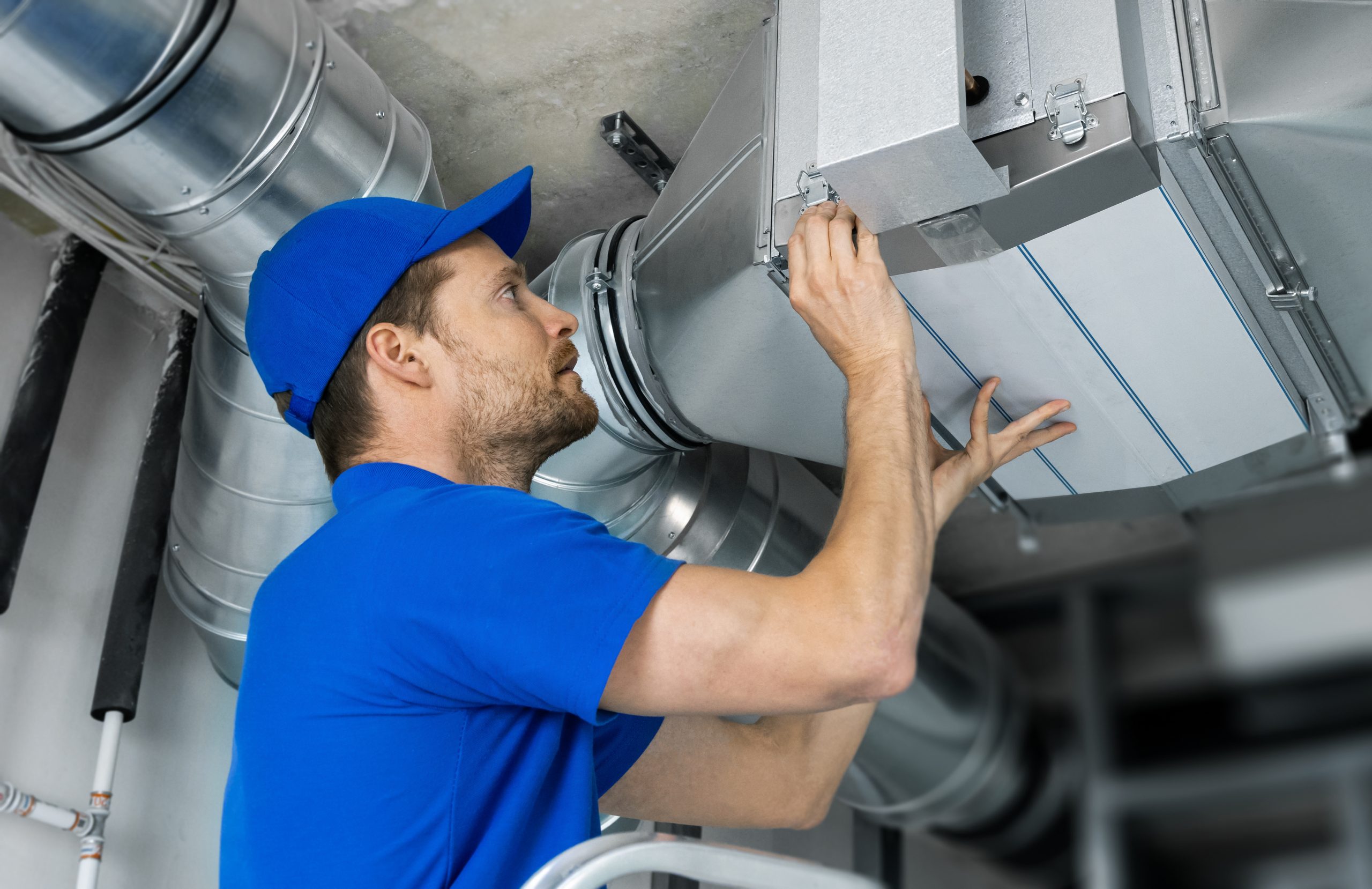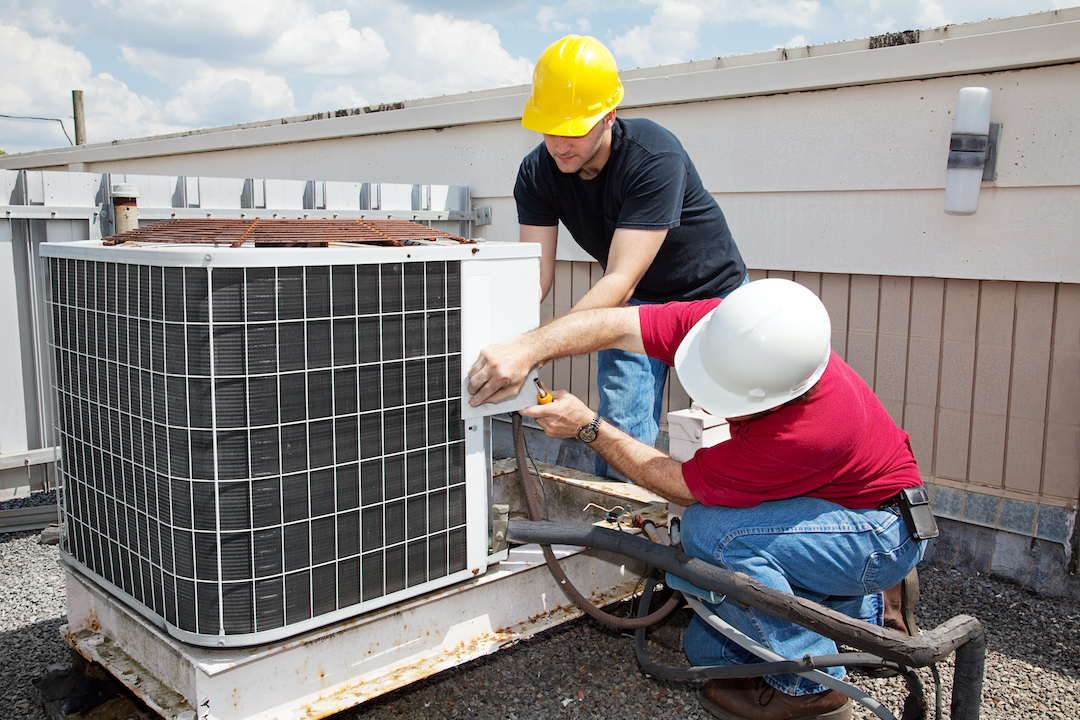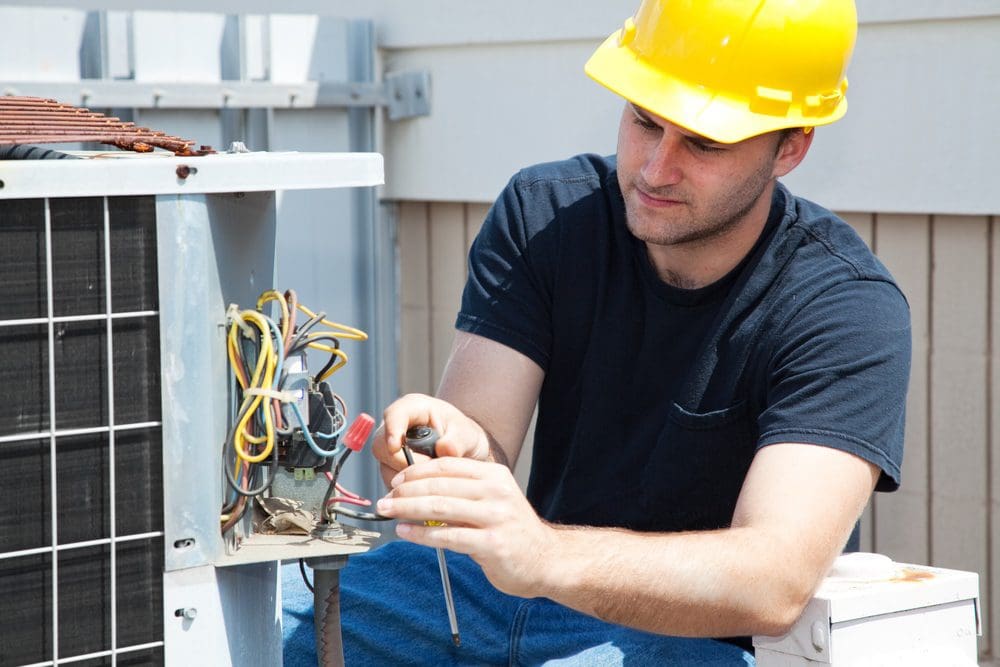Exactly How a Heatpump and Heating System Work Together to Optimize Your Home's Home heating Efficiency
Comprehending how a heat pump and furnace collaborate is crucial for homeowners seeking efficient heating options. Each system has its toughness, supplying a well balanced technique to home convenience. The warm pump stands out in moderate temperatures, while the furnace supplies quick warmth during severe cold. This harmony not only decreases energy costs but additionally boosts the life expectancy of both home appliances. What elements influence this cooperation, and just how can home owners optimize their benefits?
Understanding Warmth Pumps: Exactly How They Work
Although many individuals might be not familiar with their inner workings, warmth pumps play an important duty in modern-day heater. These gadgets run by transferring warmth from one area to one more, using the principles of thermodynamics. In cooler months, a heatpump extracts warmth from the outdoors air, ground, or water, and transfers it inside to warm the living area. Alternatively, throughout warmer months, it can turn around the procedure, acting as an a/c by eliminating heat from inside to the outside.Heat pumps include an evaporator, development, compressor, and condenser shutoff. The cooling agent within the system takes in warm as it vaporizes at reduced temperature levels and stress. The compressor after that increases the pressure and temperature level of the cooling agent, enabling it to release warmth as it condenses. This reliable procedure can substantially lower energy consumption contrasted to traditional home heating methods, making heatpump a lasting option for environment control in homes.
The Function of Heaters in Home Home Heating
Furnaces play a necessary role in home heating by giving a reputable source of heat during the cooler months. They operate by creating warmth through burning or electrical resistance, dispersing it throughout the home via air ducts or radiant systems. The effectiveness of a heating system is frequently measured by its Annual Gas Usage Efficiency (AFUE) score, which suggests exactly how successfully the system transforms gas right into heat.Furnaces can use numerous energy sources, consisting of gas, electricity, oil, or lp, permitting home owners to choose one of the most appropriate option for their needs. Unlike warmth pumps, which might have a hard time in extreme cool, heaters maintain regular performance, guaranteeing that indoor temperature levels stay comfortable no matter outside conditions. In addition, contemporary heaters often come geared up with innovative innovation, such as variable-speed blowers and smart thermostats, improving their efficiency and responsiveness. This convenience makes heating systems an important component in comprehensive home heating methods.

Benefits of Using Both Equipments With Each Other
Incorporating the staminas of both heating systems and warmth pumps can cause an extra effective and effective home heating option. Utilizing both systems permits homeowners to make use of the heatpump's power effectiveness during milder temperature levels while counting on the heating system for even more extreme cold conditions. This twin method can significantly lower energy expenses, as warmth pumps consume much less electrical power than typical heating techniques when temperatures are moderate.Additionally, using both systems with each other can boost comfort levels in the home. Warm pumps can give consistent, even home heating, while heaters can rapidly increase ambient temperature levels when required. Additionally, the assimilation of both systems can extend the life expectancy of tools by reducing deterioration on each system, as they share the work. Inevitably, home owners can enjoy a balanced, affordable heating option that readjusts flawlessly to differing weather conditions, guaranteeing a warm and welcoming home throughout the wintertime months.
Exactly How Heat Pumps and Furnaces Complement Each Various Other
They develop a complementary heating system that makes the most of efficiency and convenience when house owners integrate warmth pumps and heaters. Warm pumps operate by moving warm from the outdoors air or ground, making them extremely efficient in modest climates. They excel throughout milder temperatures, giving economical heating. Conversely, heaters produce warmth with combustion or electric resistance, delivering strong, immediate warmth throughout extreme cool conditions.The combination of these 2 systems permits vibrant modifications based upon temperature variations. During warmer months or milder winter months days, the warm pump can take the lead, conserving power and decreasing costs. As temperature levels drop, the heating system can seamlessly involve, making sure consistent warmth throughout the home. This harmony not just maximizes energy usage yet also boosts the lifespan of both systems, as each system runs within its perfect efficiency range. Together, they develop a balanced atmosphere that adjusts to differing climate demands.
Maximizing Efficiency: Tips for Homeowners
House owners can boost their heating effectiveness click site with numerous sensible methods. Developing a normal maintenance schedule, integrating wise thermostat innovation, and applying effective insulation and sealing services are vital actions. These measures not just enhance convenience yet also lower power expenses.
Regular Maintenance Arrange
To ensure maximum heating effectiveness, developing a regular maintenance schedule is necessary for any kind of home. Home owners need to focus on regular examinations of both warmth pumps and heaters to ascertain peak performance. This consists of transforming air filters each to three months, as stopped up filters can considerably minimize effectiveness. Furthermore, scheduling expert upkeep a minimum of when a year enables technicians to determine and resolve potential problems prior to they rise. Property owners should likewise clean up the heatpump's outdoor system to stop particles buildup that can impede air flow. By adhering to a routine maintenance schedule, property owners not only boost their heater' efficiency but additionally prolong their life-span, causing higher convenience and decreased power expenses throughout the chillier months.
Smart Thermostat Integration
Integrating a clever thermostat right into a home heater can substantially boost energy effectiveness, specifically as it enables exact control over temperature setups. These devices can learn the house owner's routine and choices, instantly adjusting the temperature level to optimize convenience while lessening power usage. As an example, they can lower heating during times when the home is unoccupied, lowering unnecessary usage. Lots of smart thermostats also supply real-time power use information, enabling home owners to make educated choices concerning their heating practices. Additionally, remote accessibility via smart device apps enables customers to change setups from anywhere, making sure the home is cozy upon return. Overall, clever thermostat combination not just boosts comfort but substantially adds to power financial savings and performance.
Insulation and Securing Solutions
Smart thermostats play an essential function in energy effectiveness, yet their performance can be considerably improved by proper insulation and sealing remedies. House owners ought to prioritize insulating floorings, walls, and attic rooms to decrease warm loss. Top notch insulation products, such as spray foam or fiberglass, can substantially boost thermal resistance. Furthermore, sealing voids around doors, ducts, and home windows protects against cold air infiltration and warmth escape. Weatherstripping and caulking are reliable methods for resolving these leakages - furnace replacement. Normal examinations for air leaks, along with the usage of blower door tests, can help recognize problem locations. By spending in insulation and securing, homeowners can optimize the performance of their heating systems, ultimately resulting in minimized energy consumption and lower utility expenses
Usual Misconceptions Regarding Heat Pumps and Furnaces
What misconceptions border warm pumps and heating systems? Lots of individuals wrongly think that heatpump are inefficient in chillier climates. Actually, modern heatpump are designed to operate efficiently even in reduced temperature levels, providing reliable heating throughout wintertime. An additional usual misconception is that heating systems are constantly a lot more reliable than warmth pumps. This depends on the certain energy sources and efficiency scores my link of the devices in concern. Some might also think that using both systems all at once is unneeded, yet in fact, this combination can enhance heating effectiveness, specifically throughout extreme weather. Additionally, individuals usually presume that warm pumps call for continuous upkeep, when in reality, they have similar upkeep requires to conventional heating unit. By disproving these misconceptions, house owners can make even more informed choices regarding their home heating alternatives, eventually causing improved convenience and power effectiveness in their homes.
Upkeep Considerations for Combined Solutions

Regularly Asked Inquiries
Can Warmth Pumps Job Properly in Exceptionally Cold Climates?
Warmth pumps can battle in very chilly climates due to reduced performance and warmth extraction limitations. However, innovations in modern technology have actually resulted in models made for far better performance in such problems, improving their practicality in harsh settings.
How Much Time Do Warm Pumps and Furnaces Typically Last?
Warmth pumps generally last 15 to two decades, while heating systems have a life-span of 15 to thirty years. Normal maintenance can prolong their longevity, making certain efficient procedure and reducing the requirement for premature substitutes.

What Is the Ordinary Expense of Setting Up Both Systems?
The typical cost of mounting both a warmth pump and a heating system usually ranges in between $5,000 to $10,000 - heat pump replacement ooltewah tn. Elements affecting this cost consist of system size, setup complexity, and regional labor prices
Are There Tax Obligation Incentives for Making Use Of Energy-Efficient Heating Equipments?
Numerous homeowners ask concerning tax motivations for energy-efficient heater. Different government and state programs frequently use refunds or credits, motivating the fostering of lasting technologies to minimize power intake and promote environmental duty.
How Do I Choose the Right Size Heatpump and Furnace?
Selecting the ideal dimension heatpump and heating system entails computing the home's square video footage, taking into consideration insulation high quality, and reviewing local climate. Consulting an expert can assure excellent system performance and energy performance based on specific demands. furnace replacement. Recognizing just how a warmth pump and heating system job with each other is important for property owners seeking effective heating services. In colder months, a heat pump extracts warmth from the outdoors air, ground, or water, and transfers it inside your home to heat the living area. When property owners integrate heat pumps and heaters, they develop a complementary heating system that takes full advantage of effectiveness and comfort. Heat pumps run by transferring heat from the outdoors air or ground, making them extremely effective in moderate environments. Warm pumps can struggle in extremely cool climates due to reduced efficiency and warmth removal limitations